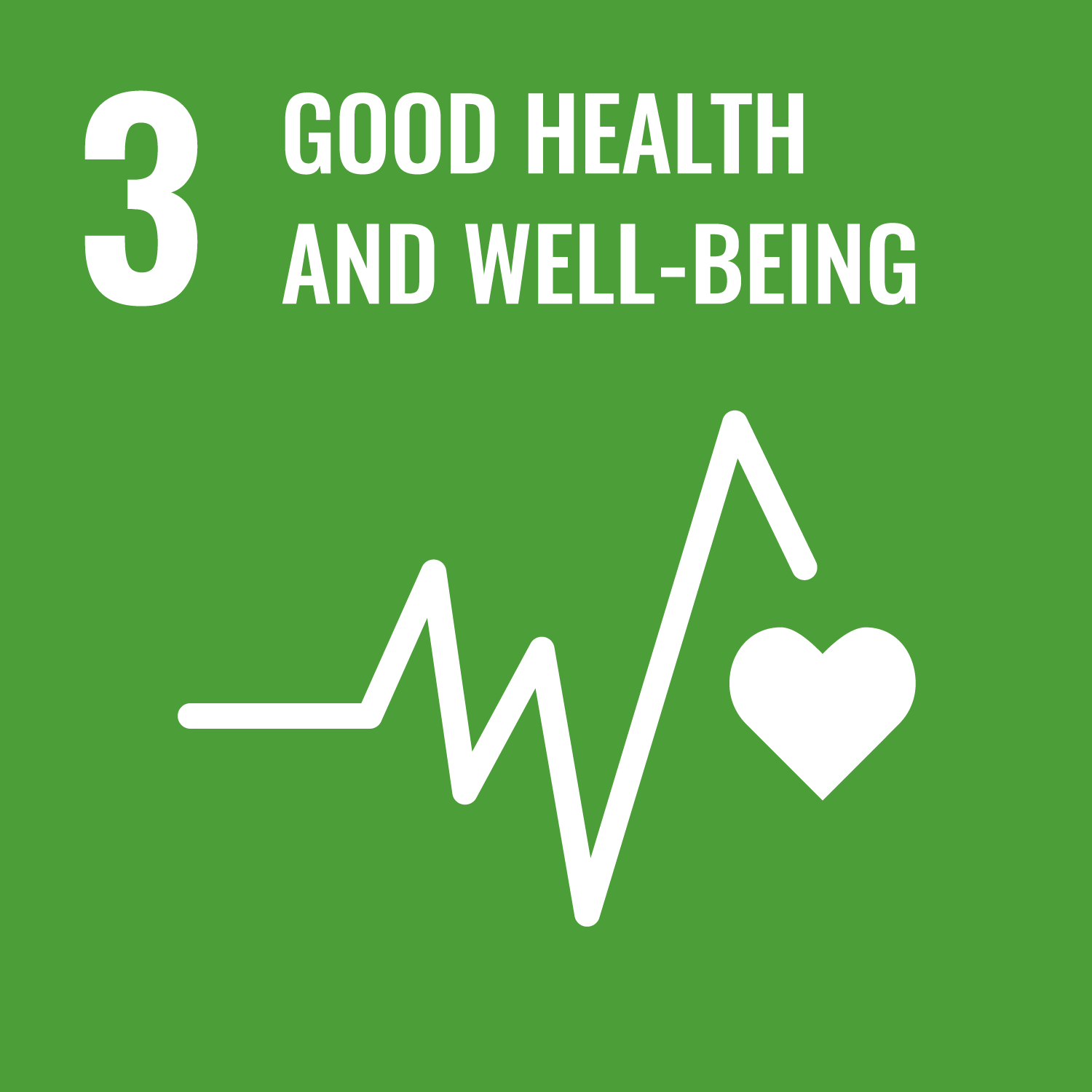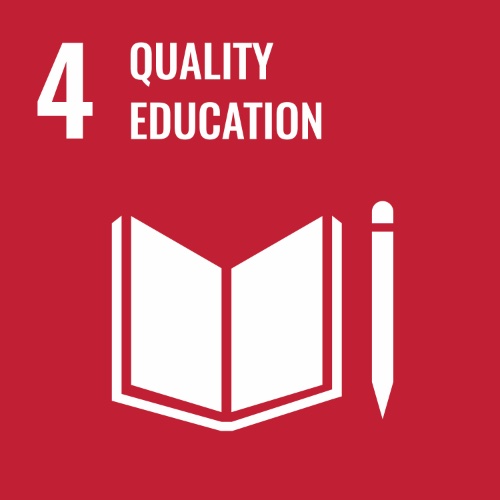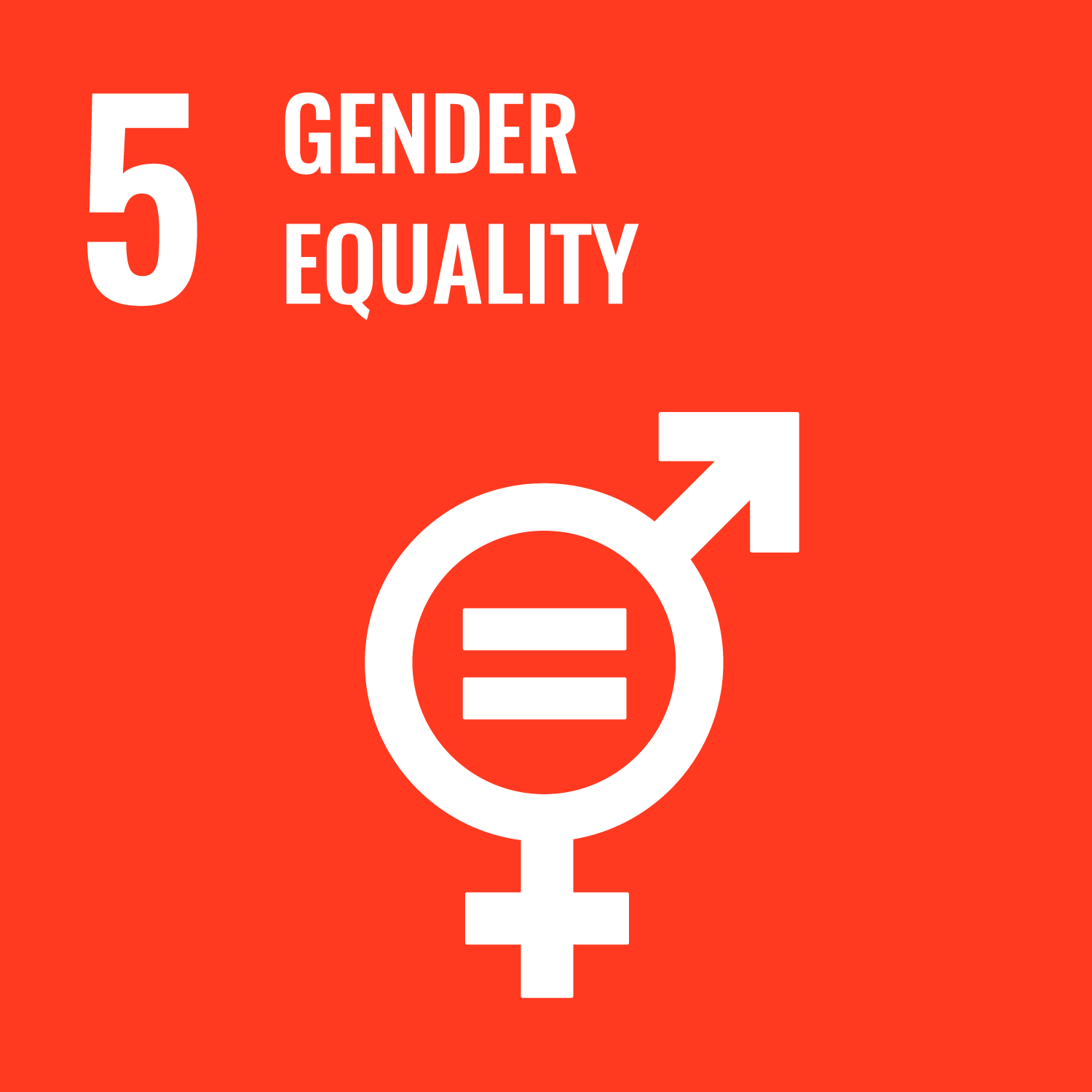This detailed 142-page report presents the findings from a review of the latest research on violence based on sexual orientation, gender identity and gender expression in educational settings. The results are based on a global literature review of over 500 resources, three regional consultation initiatives, data collection by 20 key-informants on the national education sectors policies on violence against students of diverse SOGIE and 53 key-informant interviews.
The report comprises four sections. Section one provides context to the nature of violence based on sexual orientation, gender identity and gender expression in educational settings. It demonstrates the extent of the problem across the globe and outlines the impact of such violence on students, such as poor educational, employment and health outcomes. Section two presents the data from the six different regions of the world: Africa, Asia, Europe, Latin America and the Caribbean, North America and The Pacific.
Key findings from countries within each region are highlighted. Section three then demonstrates the critical role of the education sector in addressing such violence and outlines how the sector is currently responding to homophobic and transphobic violence. Section three also lists seven key principles for the education sector to follow when responding to homophobic and transphobic violence and details the components of a comprehensive education sector response. The report concludes with section four offering seven recommendations to the education sector to improve their policies on homophobic and transphobic violence in educational settings.








